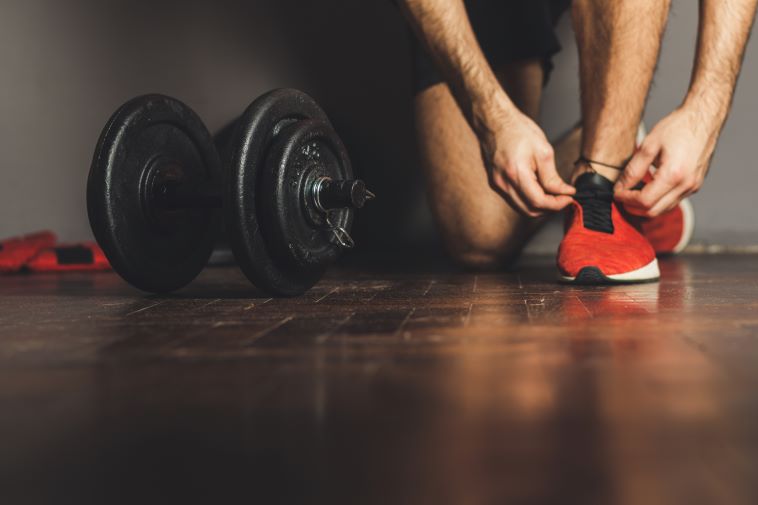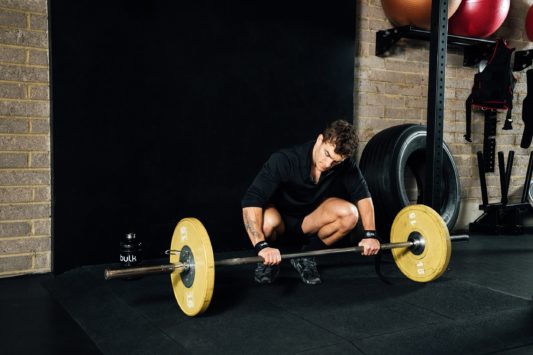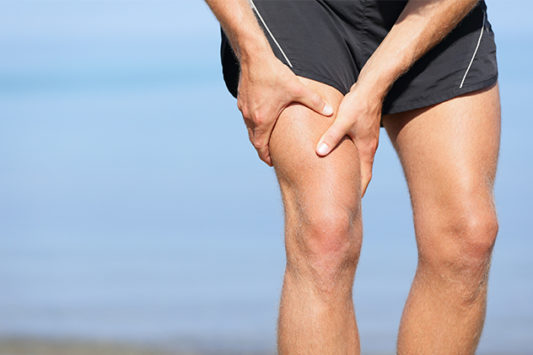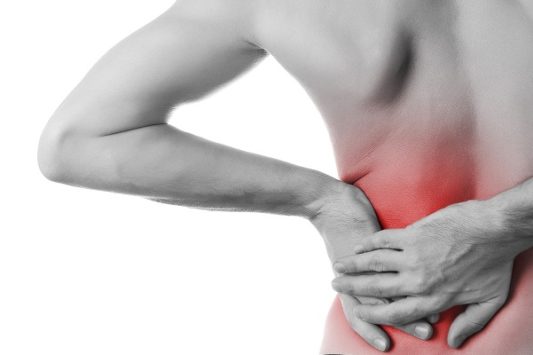Myth-busting, gym problems and super frets.
So, you’re getting down the gym after a long period off, or perhaps for the first time. The gym environment is often thought of as a battlefield of ego and high-level experience – putting doubt in the eager beginner’s mind. I can assure you this is not the case. Free weight areas are no longer heaving with scary tattooed men in vests demanding the bench you’re sitting on, and no one is going to be judging you by the weight you’re lifting. All world champions started somewhere – I can promise that once you start to see improvement, you’ll soon look back glad you took that leap in the right direction.
The Training Checklist – What’s your goal?
To avoid disappointment, it’s really important to ensure your training and nutrition coincides with your desired goal. This may include increasing lean muscle whilst decreasing body fat, improving cardiovascular fitness, increasing strength and functionality, improving muscular endurance or even a sports specific goal. If you’re unsure, there’s plenty of reading available online, whereas you can always speak with an exercise professional.
Whatever your goal may be, I advise being realistic, making short and long-term goals. I started out in the free weights area 13 years ago, at the age of 16. I wanted to be Arnold Schwarzenegger in 3 months, yet I quickly learned this was rather unrealistic. Throughout my time personal training, becoming a competitive athlete and coach I’ve found it’s really effective to make short-term goals to keep me focused, as then slowly but surely I creep towards the long-term goal. I’m still not Arnold Schwarzenegger, but I am closer than 13 years’ ago. Set yourself some realistic short-term goals, then start chipping away at them.
Box clever.
If you’re starting a new exercise plan, take things slowly at first and then build on the intensity. I often see people so fired up to start their new plan, but after the first workout, they have a week off due to aching so badly. DOMS (delayed onset muscle soreness) is caused during exercise when our muscle fibres experience micro-tears, which then need repairing before we are able to hit them again at a good intensity. Muscle fibres adapt quicker than tendons and ligaments, so be sure not to crank the weights up too fast when your connective tissues can’t support it.
Good technique.
Use a full ROM (range of motion) when performing exercises. One of the best bits of advice I can give in relation to lifting weights is using a full range of motion at the correct tempo. I’ve been there and made the mistake of ego lifting. It isn’t big, or clever, it won’t improve your physique and you’re more likely to injure yourself.
Think of this example: a bicep curl with an 18kg dumbbell. Quick jerky reps are performed up and down (concentric and eccentric) for 12 reps; the time the biceps were under tension was 1 second per rep. Now think of a bicep curl performed for 12 reps using a 12kg dumbbell; the curl is a strong movement taking 1 second to the top of the movement then it’s held for a further 1 second before being lowered using a full range of motion for 3 seconds each rep. In the first set the biceps were under tension for 12 seconds; the second set – 60 seconds. Your muscles don’t know what weight you’ve got in your hand, they will only respond to the stress you put them under. This theory can be utilised across all exercise for beginners.
Progress your squat and deadlifts by just using a bar, with perfect technique, and take baby steps. I see too many injuries caused by people going in too hard. Speak with an exercise professional about how to keep neutral spine during lifts. This is where you maintain a natural curve in your lower lumbar with your head up and chest lifted with a strong foot stance. This will keep the pressure off your lower back and pelvis reducing the risk of any strains or sprains.
Is your nutrition supporting your goal?
Ensure you’re fuelling your body with sufficient nutrients to support your goal. I’ve covered this in previous blogs, but if you want to lose weight you need to be in a caloric deficit, or surplus to put on weight. I’m often approached by gym-goers that train really hard, take a protein shake after training but are frustrated they aren’t putting on muscle. It’s usually due to not getting enough good calories in your diet to support muscle building. For some people wanting to lose weight, 45 minutes of cardio in the gym per day won’t achieve fat loss if your diet is poor, and your calorie intake is higher than your energy output.
Intensity.
During training, push your body to do things it’s not used to doing. If your training intensity matches your walk around Tesco, don’t expect adaptations to occur. Be safe and use the perfect technique but, if you want to change your body, ensure it’s working at a suitable intensity. Get a sweat on using the treadmill, and set those delts on fire pushing the shoulder press.
Progressive overload.
In my opinion, this is the most important thing to help monitor progression and achieve your goals. This ties in with intensity, technique and recovery. Record your workouts whether it be distances/times achieved during cardio, or weights and reps performed when lifting. This is one of the most powerful tools to ensure you’re improving. For example, if you perform a chest press with a 60kg barbell today for 10 reps, jot it down along with the rest of your workout. (I use my iPhone Notes). Next time it comes to perform this session, push yourself to perform 11-12 reps – then perhaps the following session another slight increment. Push your body to somewhere it hasn’t been before, to take it your body to higher levels.
Quickfire myth-busting:
“I don’t do those protein shakes I don’t want to look like a bodybuilder.” – You won’t, I can assure you. To gain that kind of muscle mass it takes years of progressive overload and a lot of calories. Whey Protein is an excellent source of amino acids, vitamins and minerals, which can support a healthy diet/training plan for men and women.
“I’m going to do lots of cardio first to drop some body fat, then tone up afterwards.” – I advise doing both at the same time. If you can increase your lean tissue you’ll quicken your metabolism. You can expect to burn 50-70 calories per day at rest for every 1lb of lean tissue increase.
“I’m not going to build too much muscle because if I stop it’ll all turn to fat” – This is impossible. Muscle and fat tissue are completely different entities. Your body will just utilise the proteins if you stop weight training and your muscle size will decrease. If you put on fat tissue, it’ll be due to lowering your activity levels and possibly retaining the same caloric intake.
“I’m just focusing on abs work to get a six-pack” – This won’t happen if your body fat percentage is too high. The abdominals will become visible through your skin as you reduce your body fat nearer to 10-12%. Abs are made in the kitchen, with good nutrition alongside an effective training plan.
“I don’t have carbs after my weight training as I want to lose fat” – If you’ve worked hard during weight training, you will have used up energy from your glycogen stores, leaving your body hungry for recovery. Providing it with a quick digesting carbohydrate such as Vitargo® or Maltodextrin, combined with Whey Protein, immediately after training will be very beneficial.
I wish you great success in your personal gym mission. Just remember to be patient. Rome wasn’t built in a day, but once you start building your own Rome, you’ll be so glad you started. Improving your health and fitness is nothing but positive.
About the Author
Ben Rowe is the Lead Coach at Team Benbo Body Coaching. Team Benbo have over 10 years of experience in the fitness industry, sharing their in-depth knowledge around Sports Specific Training, Nutrition, Online Coaching and Competition Preparation.














